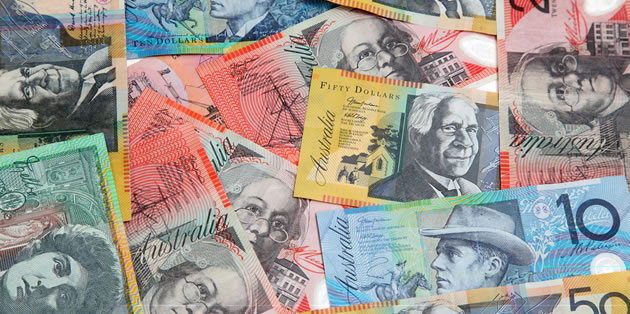EUR/AUD Exchange Rate Surges in Bearish Trade
The Euro to Australian Dollar (EUR/AUD) exchange rate has rocketed higher today as slump in market risk appetite takes its toll on the ‘Aussie’.
At the time of writing, the EUR/AUD exchange rate is trading at around $1.5783, up by 0.7% from this morning’s opening levels.
Australian Dollar (AUD) Plummets amid Hawkish Fed
Meanwhile, the Australian Dollar (AUD) is dropping against the Euro (EUR) in response to a risk-off mood, governed by the released minutes from December’s Federal Open Market Committee (FOMC).
The minutes show that the Federal Reserve has decided to accelerate its tapering process in response to rising prices in the US which may ‘last longer and be more widespread than initially thought.’
This has caused a bearish approach across the market, negatively impacting the riskier-perceived ‘Aussie’.
In addition, coronavirus cases continue to surge across the country, with 72,000 cases reported so far today, up from Wednesday’s 64,000.
A further 208 patients have been admitted into intensive care whilst the state of Victoria has seen 6 deaths.
Despite the rising numbers, Australian Prime Minister, Scott Morrison, declared on Wednesday that ‘case numbers are less of an issue.’
Morrison announced that a positive rapid antigen test will require isolation amid PRC test shortage.
However, as the majority of rapid antigen tests are performed at home, experts are concerned that this will lead to a dip in reported cases.
University of Melbourne epidemiologist Professor Tony Blakely said:
‘The horse has bolted, this is the biggest policy failure so far in Australia.
‘We also haven’t thought about how you can load up that data to the surveillance system, so we won’t get that in place in the next couple of weeks.’
Euro (EUR) Mixed in Response to Higher-Than-Forecast German Employment Data
The Euro (EUR) is climbing against the Australian Dollar (AUD) as German factory orders overshot forecasts in November.
The figures printed significantly higher than the previous -5.8%, and exceeded the forecast of 2.1%, printing at 3.7%.
This showed economic growth, driven by an increase of 8% from abroad orders, as well as transport manufacturing, such as aircraft, ships, trains, motor-vehicles, trailers and semi-trailers.
In comparison, these figures are 6.6% higher than pre-pandemic levels.
However, German inflation rates have increased from 5.2% to 5.3%, rather than slipping to 5.1% as expected.
The high inflation rates exceed the European Central Bank’s target of 2%, and is largely due to bottleneck supply issues.
This is also supportive of EUR exchange rates, as it increases the likelihood of the European Central Bank (ECB) tightening monetary policies.
Analyst, Joerg Kraemer, said:
‘…The inflation risks are clearly pointing upward – not only for Germany but also for the euro zone. It’s time for the ECB to take its foot off the gas.’
EUR/AUD Forecast: How Will Eurozone Inflation Influence EUR?
Looking ahead, the Euro Australian Dollar (EUR/AUD) exchange rate is likely to be impacted by Eurozone and German data scheduled to be released on Friday.
The Eurozone is expected to report inflation in the bloc dropped from 4.9% to 4.7% in December which may weaken EUR.
Germany’s balance of trade for November may be more supportive of the Euro as its forecast to increase from €12.8 billion to €14.2 billion.
On the other hand, an absence of data leaves AUD vulnerable to market movement and coronavirus developments.
